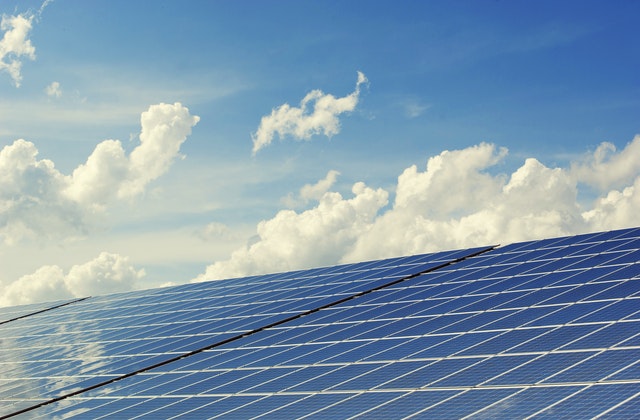Of all the complex long-term issues facing the world, advancing the energy transition to a carbon-free future is arguably one of the most pressing. It is not just about saving the planet - economic growth is also at stake.
The International Monetary Fund, in its World Economic Outlook issued in October 2021, forecast the gross domestic product (GDP) growth for Asean-5 to be 2.9 per cent for 2021 and 5.8 per cent in 2022. This follows a -3.4 per cent GDP growth in 2020 due to the pandemic. As Asean countries work towards economic recovery, a range of risks - including any worsening of the pandemic, geopolitical tensions and climate change - can impact progress.
Fuelling economic growth requires a steady and secure supply of energy. The challenge of energy security is real in Asean, given that the region does not produce sufficient energy supply to meet its own needs and relies on energy imports that are predominately fossil fuels. Further, the growing energy demand from China and India also puts pressure on supplies to Asean markets.
Meanwhile, calls to arrest climate change are intensifying and environment, social and governance measures are soaring to the top of the agenda for companies and investors. Governments and the energy sector are under pressure to decarbonise the production and use of energy. To that end, renewables look like a promising solution - it provides for clean energy and projects that drive their development also generate significant economic spin-offs.
In the last 5 years, Asean countries have been ramping up generation of renewable energy. Notably, Vietnam has more than doubled its renewable energy production (from over 17,000 megawatts to over 35,000 megawatts), according to data from the International Renewable Energy Agency. Land-scarce Singapore has also increased its renewable energy production by over 50 per cent between 2016 and 2020.
Source: Gilles Pascual, Sanjeev Gupta/ The Business TImes
Read full article here
November 17, 2021













